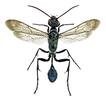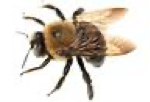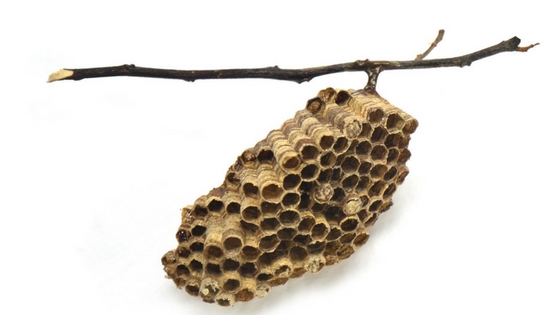Identifying Bees and Wasps


It’s black and yellow and hovering around you. Your first instinct is to get as far away from it as possible. It does not matter whether it is a bee or its more aggressive cousin, the wasp.
Upon seeing either of the two, most people think that they’ll get stung, giving these insects a bad rep. But in reality, both of these insects can be quite beneficial for the environment.
Honeybees, for example, play a crucial role in the food supply. According to some estimates, honeybees facilitate the production of roughly $14 billion worth of crops in America alone. It is highly likely that the food you are eating now has been produced through honeybee pollination. Furthermore, there are some types of crops that rely heavily on bee pollination. These include cherries and blueberries.
A lot of people are afraid of wasps, due primarily to their aggressive behavior. In fact, some people consider them to be pests which offer no benefit to people.
That is simply untrue.
For one, wasps are voracious predators of some common garden pests, including caterpillars and grubs. In a garden, they can serve as a natural pest control method.
Second, wasps can also help pollinate plants. However, because they lack the hairy legs of bees, wasps are not as effective in pollination.
If you need some help in identifying bees and wasps and differentiating them from each other, here are some tips.
Honeybees usually build their hives in hollow trees. However, it is not unusual for these insects to build hives in hollow walls and attics. Although honeybees move around in swarms, they are actually docile and do not sting.
You can distinguish a bumblebee from a honeybee with the former’s yellow bands on the thorax and abdomen. These bees prefer to build their nests underground. Bumblebees can become aggressive if they feel that their nest is in danger.
Paper wasps have long and skinny legs that usually hang down when flying. These insects prefer areas that offer a high degree of protection as a location for their nests. These wasps are highly protective of their nests.
The yellowjacket is feared by many, and rightfully so. These insects are not just aggressive; they can also attack rapidly.
The bald-faced hornet is another insect that you should be wary of. It is highly aggressive. Worse, it prefers to build its nests in different areas of the garden including trees and shrubs and man-made structures like decks.
If you wish to get professional help in dealing with any of these insects, do not hesitate to contact a trusted Modesto pest control company.
Identifying Bees and Wasps Professional Pest Control Services in Tracy CA
Serving

